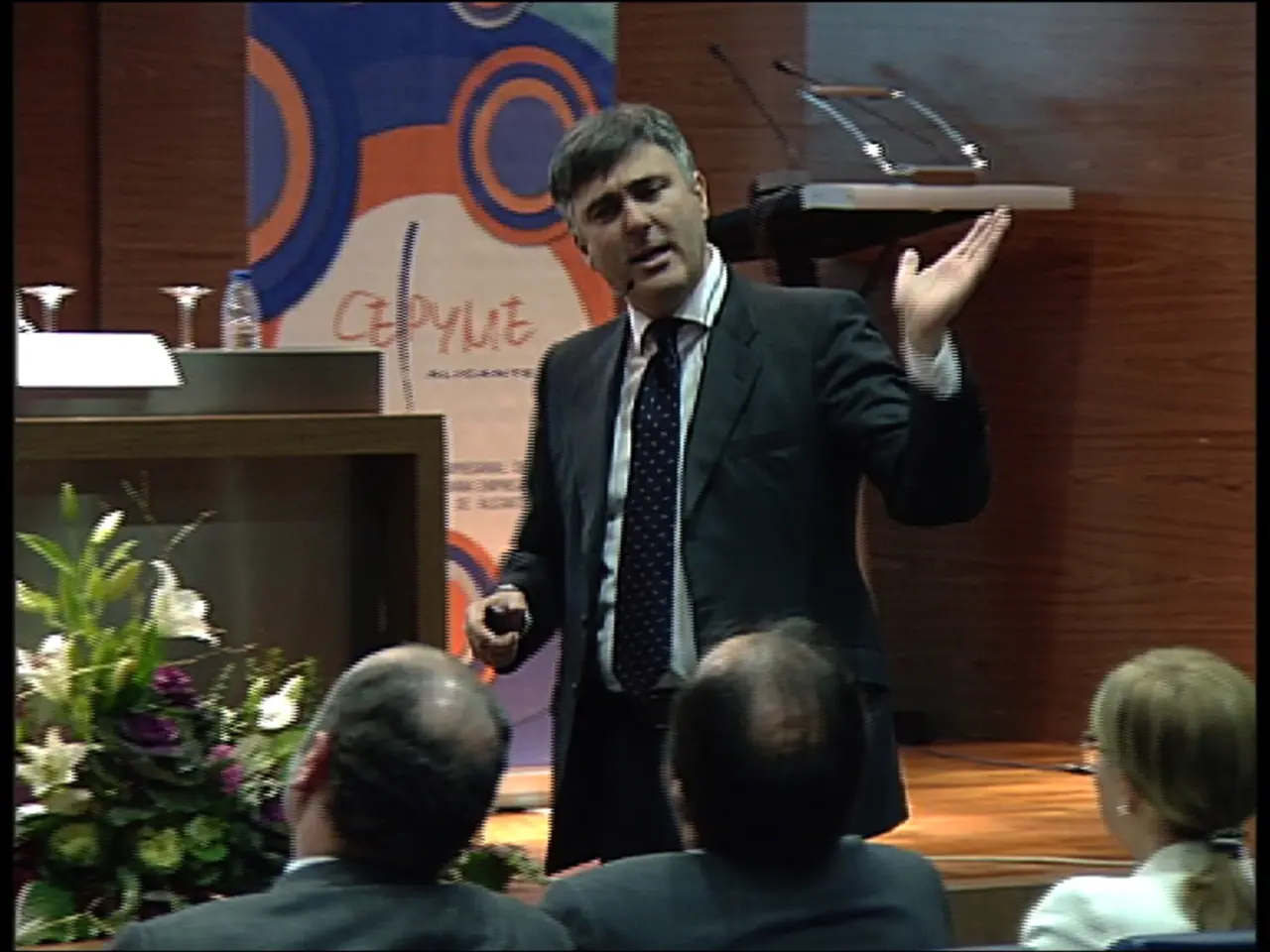Quality Assessment Metric: Signal over Noise Ratio (Signal vs Spam)
In the ever-evolving landscape of influencer marketing, understanding and quantifying authentic engagement has become a crucial aspect for brands seeking to build lasting relationships with their audience. Here's a breakdown of strategies that combine quantitative engagement metrics with qualitative assessments to capture the depth and quality of audience interaction.
Measuring Core Engagement Metrics Precisely
Tracking raw engagement counts such as likes, comments, shares, saves, and video watch time provides a baseline for interaction volume. Calculating engagement rates based on reach, impressions, and follower count helps understand engagement relative to audience size and exposure. For example, engagement rate by follower shows resonance with the influencer’s audience, while engagement rate by impressions reflects content performance per view.
Assessing Engagement Quality Beyond Counts
Beyond simple engagement counts, it's essential to analyse the ratio of active (comments, shares) versus passive (likes, views) engagement to detect how deeply the audience connects with content. Active engagement suggests more authentic involvement. Examine comment depth, sentiment, relevance, and conversation ratios to evaluate meaningful conversations and community building around the influencer’s posts. This gives insight into genuine audience interest and trust. Monitor the influencer’s response rate to audience comments, which signals relationship nurturing and strengthens authenticity.
Leveraging Platform-Specific Metrics
Different platforms have unique interaction types that matter for authenticity assessment. For instance, TikTok’s duets, stitches, and video shares indicate collaborative and viral engagement. Instagram saves indicate content users wish to revisit, reflecting value and interest. YouTube watch time (engagement minutes) demonstrates sustained attention to videos.
Selecting Influencers with High Engagement Rates and Audience Fit
Prioritise influencers who demonstrate high engagement rates alongside strong alignment with the brand and target demographics. High engagement rates are proxies for a loyal, active audience more likely to respond authentically to campaigns.
Optimising Campaigns in Real-Time
Monitor engagement KPIs continuously during campaigns to identify top-performing content and creators. Use insights to adjust creative approaches, targeting, and influencer selection to maximise authentic audience connection.
Combining Qualitative Feedback
Whenever possible, supplement metrics with audience feedback, influencer content authenticity checks, and sentiment analysis to ensure engagement represents genuine interest rather than artificial inflation.
Tier Thresholds and Budget Allocation
Engagement layers delineate the spectrum of audience responses from superficial clicks to meaningful brand advocacy. Understanding these layers is critical for optimising campaign ROI, tuning UGC briefs, and safeguarding against fraudulent interactions. Tier Thresholds have been established: Tier A (TI ≥ 3.5) represents high-signal comments from brand advocates, early adopters, or informed critics. Tier B (1.5 ≤ TI < 3.5) includes moderate engagement, and Tier C (TI < 1.5) signifies low-value noise or static. Reallocate ad spend and creator incentives toward posts exhibiting sustained high SSR, ensuring funds drive real advocacy.
Incentivized Authenticity Awards and Content Performance Reviews
Recognize top community contributors-those whose comments score Tier A-to sustain momentum. Offer exclusive early access or product bundles in exchange for in-depth reviews or video testimonials. At mid-campaign and post-campaign checkpoints, review composite SSR alongside traditional KPIs-CPC, view-through rates, and conversion lifts. Present a unified authenticity dashboard to CMOs, highlighting how high-SSR content pockets correlate with lower CPA and stronger LTV projections.
By integrating these quantitative and qualitative approaches, influencer marketing teams can more accurately quantify authentic engagement, improve campaign impact, and build lasting brand trust via influencer partnerships.
In the realm of influencer marketing, it's important to assess not only the volume of engagement, such as likes, comments, shares, saves, and video watch time, but also the quality of engagement, like the ratio of active versus passive engagement and the depth of comments, to determine how genuinely the audience connects with the content.
Furthermore, when selecting influencers, it's crucial to prioritize those who demonstrate high engagement rates and also have a strong alignment with the brand and target demographics, as they are more likely to generate authentic responses from their audience during campaigns.







